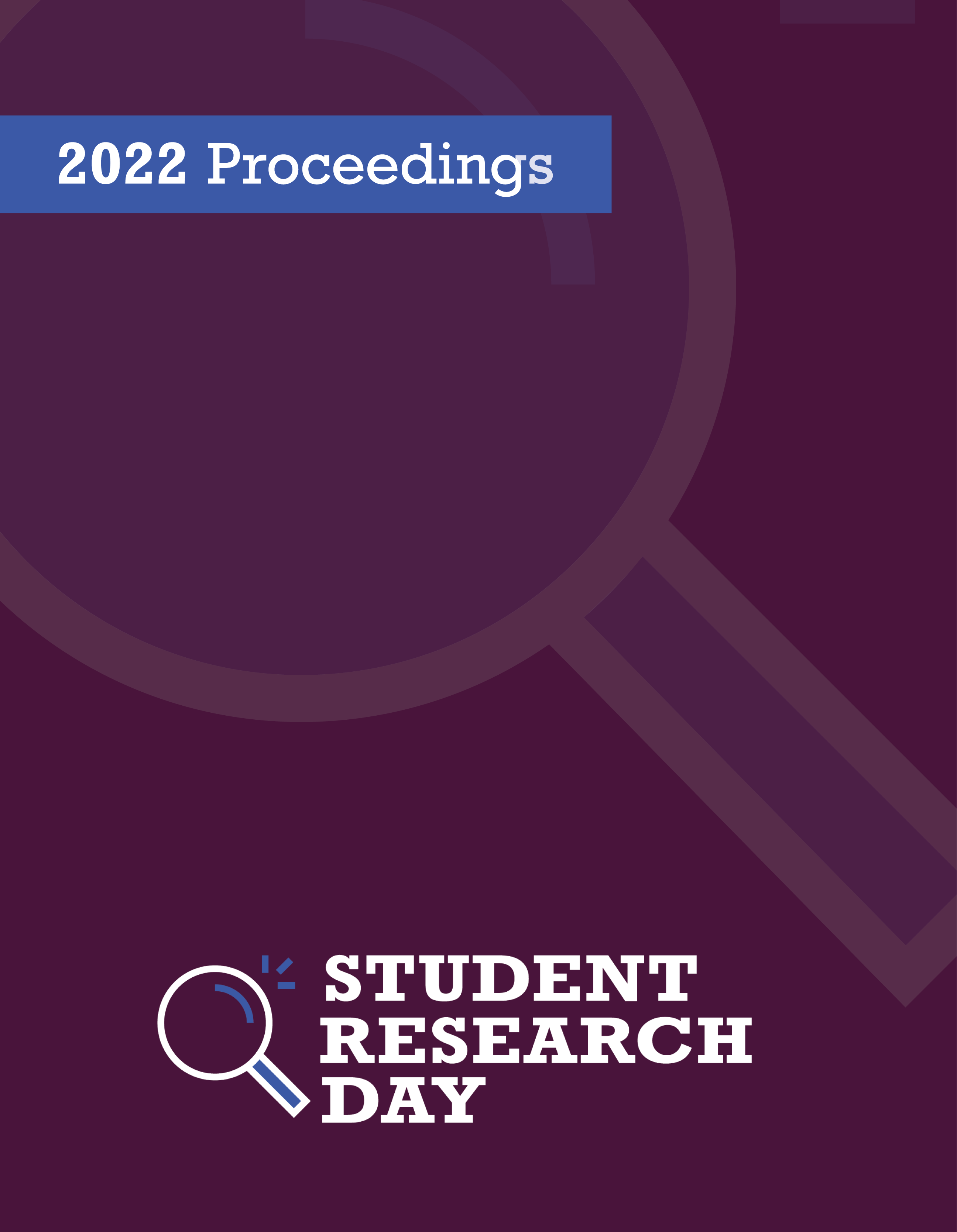Examining the role of the cerebellum in visuospatial attention: Can cerebellar lesions lead to spatial neglect?
Abstract
Previous studies examining patients with cerebellar damage, and functional brain imaging in healthy adults, suggest that the left cerebellum plays an important role in visual attention through its connections with the fronto-parietal attention network in the right cerebral hemisphere. Damage to the right temporal-parietal cortex often results in spatial neglect – a disorder in which patients are unable to attend to objects on the contralesional side. Given the known connections between the cerebellum and attention networks in the cerebral cortex, the aim of the present study was to determine if cerebellar lesions might also result in symptoms of spatial neglect. To answer this question, we analyzed data from 25 patients with focal cerebellar stroke (9 left; 12 right, 4 bilateral) who completed three classic neglect assessments – line bisection (LB), cancellation, and figure copying. These data were compared to 81 age-matched healthy control participants from a previously published dataset. At the group level, there were no significant overall differences in LB or figure copying performance. However, patients with left cerebellar lesions missed significantly more left than right sided targets on star cancellation, compared to controls. A voxel-based lesion symptom mapping analysis indicated that increased omissions on the left side of the star cancellation task were correlated with damage to in lobule VII/Crus I of the left posterior cerebellum. These results suggest that damage to the left lateral cerebellum can result in an increase in neglect-like symptoms that are indicative of dysfunction in the right fronto-parietal attention network. Keywords: cerebellum, visual attention, fronto- parietal attention network, spatial neglect.
Department: Psychology
Faculty Mentor: Dr. Christopher Striemer
Published
Issue
Section
License
Authors retain any and all existing copyright to works contributed to these proceedings.



